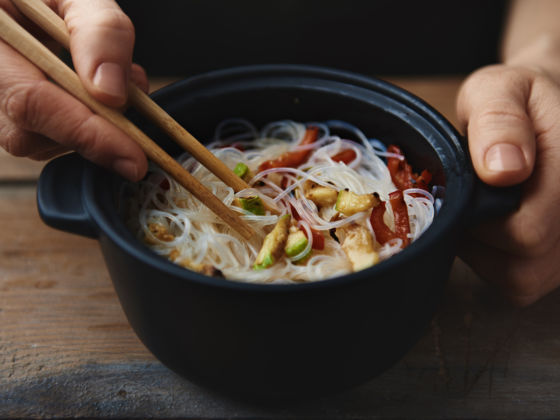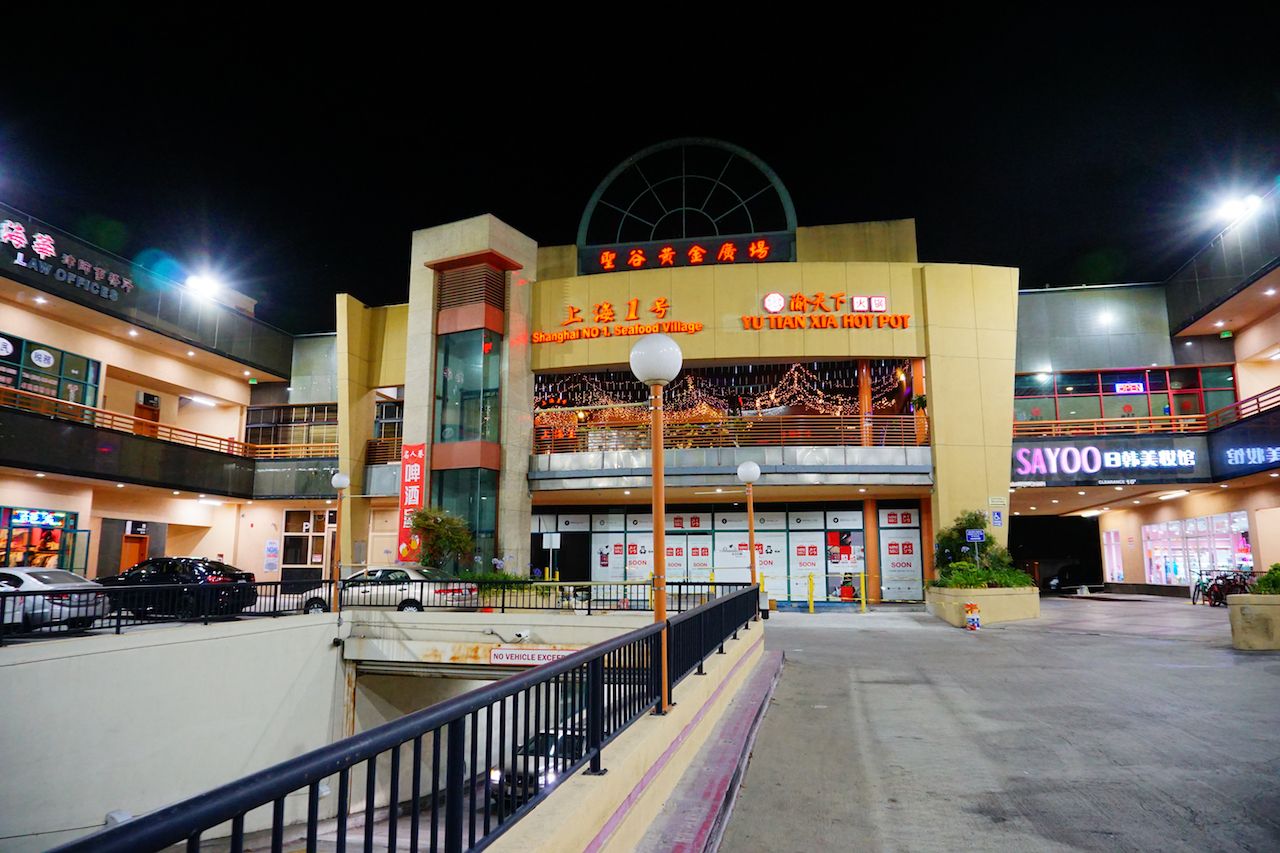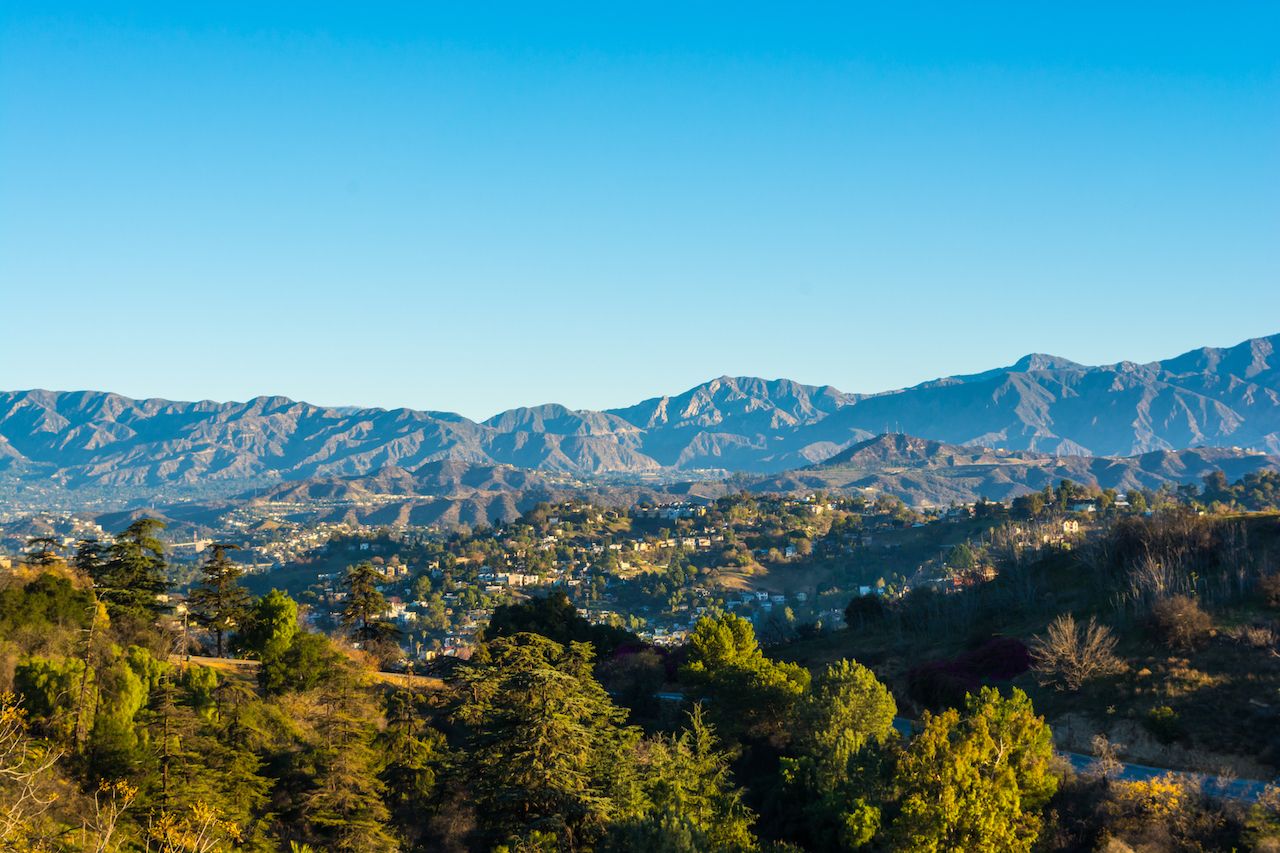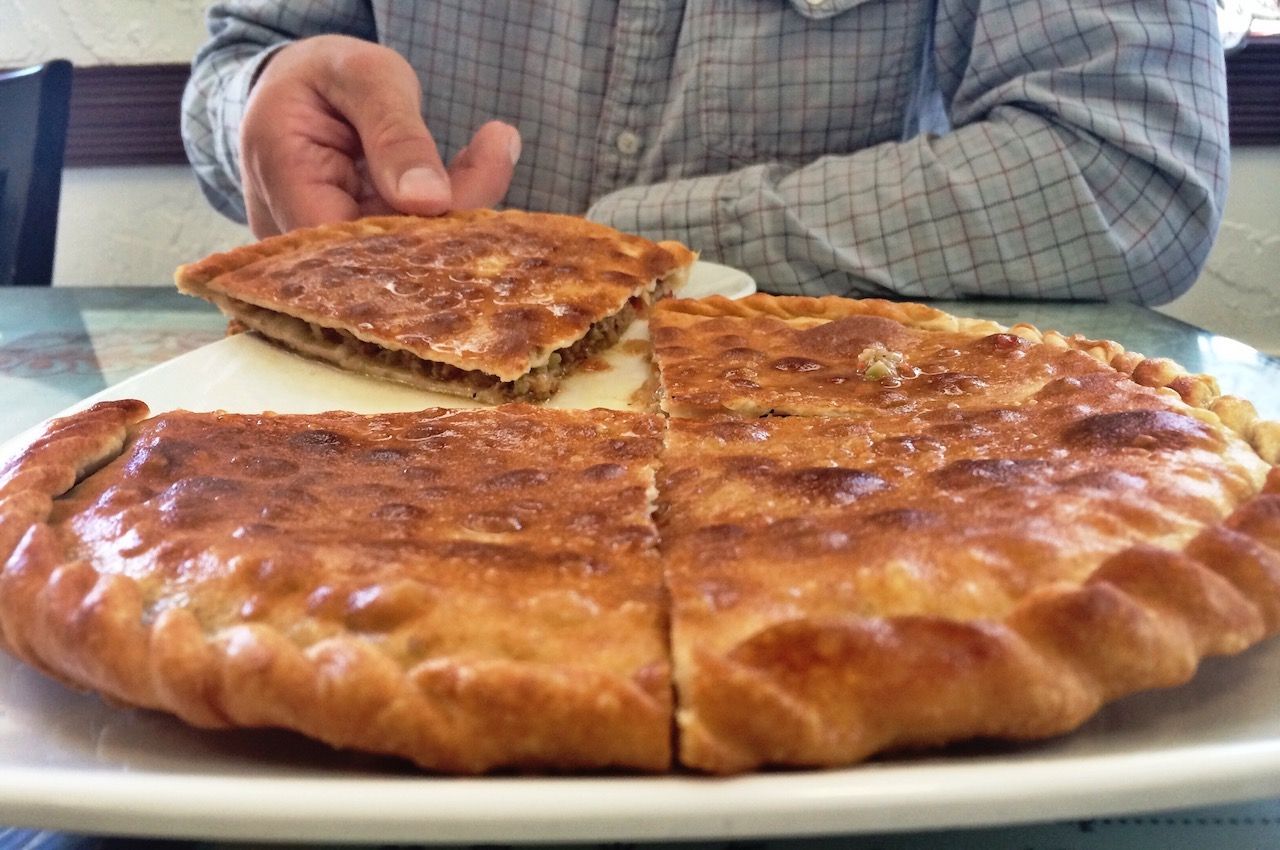For many, Los Angeles ends at the river. But if you stop there, you fall short of exploring one of the best Chinatowns in America.
The San Gabriel Valley in East LA is known for strip malls, but not the soulless type of strip mall devoid of culture you’d find most everywhere else in the country. Drive down Valley Boulevard and you’ll see that it’s an artery that connects the hundreds of Chinese restaurants in the cities of Monterey Park, Alhambra, San Gabriel, and Rosemead. These strip malls tip you off immediately to the fact that the Chinese food here is the real deal; the open courtyards have nods to Hokkien architecture, almost all of the signs for the eateries are in Asian characters, and most importantly, the parking lots are packed with cars.




